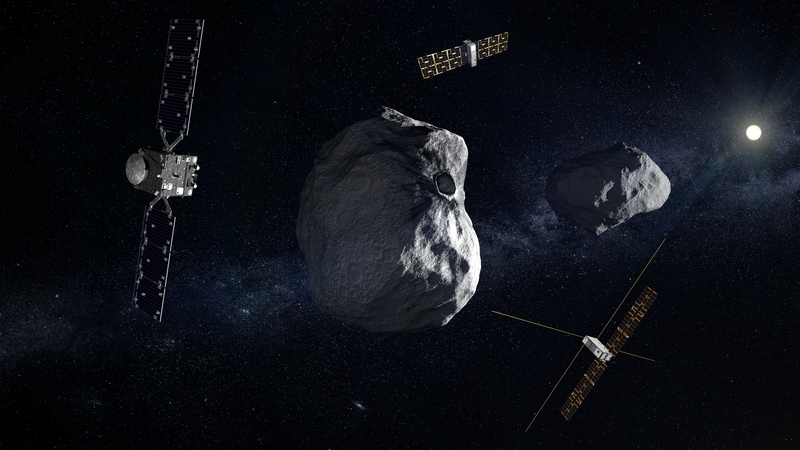“The Planetary Science section of the Astronomy and Astrophysics research group belongs to the Instituto de Física Aplicada a las Ciencias y las Tecnologías (IUFACyT) and to the Departamento de Física, Ingeniería de Sistemas y Teoría de la Señal (DFISTS), both at the University of Alicante”.
UA staff:
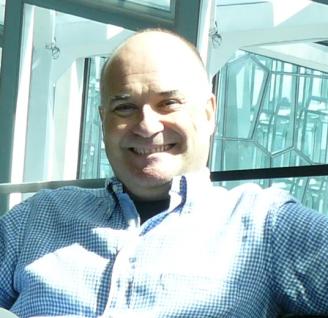
Adriano Campo Bagatin (Catedrático de Universidad)
Education and Doctorate
After obtaining a Bachelor’s degree in Physics (Laurea in Fisica) from the University of Pisa with a thesis supervised by Prof. P. Farinella and Prof. P. Paolicchi, I continued my studies with a PhD in Astronomy at the Department of Applied Mathematics of the University of Valencia. My research was co-supervised by Prof. P. Farinella and Prof. J. Martínez Alfaro, and I completed the program in September 1997.
Postdoctoral Experience and Teaching
Between 1998 and 2002, I completed two postdoctoral fellowships: one at the Observatoire de la Côte d’Azur in Nice, France (Henri Poincaré Fellowship), and another at the Physikalisches Institut of the University of Bern, Switzerland (ESA Postdoctoral Fellowship).
In the 1999/2000 academic year, I served as an associate professor in the Department of Mathematics at the Miguel Hernández University in Elche. Later, I joined the Department of Physics, Systems Engineering, and Signal Theory (DFISTS) at the University of Alicante (UA) as a part-time associate professor in 1999 and became full-time in 2002. Since then, my teaching career has progressed as follows:
- Contracted Doctor Professor at UA (2004-2010).
- University Senior Lecturer (2010-2018).
- University Professor since October 2018.
International Research Stays and Collaborations
Throughout my career, I have undertaken various international research stays:
- 2013: Six-month stay at the Southwest Research Institute in Boulder, Colorado (USA) during my sabbatical year.
- 2017: One-month stay at the Department of Astronomy, University of Maryland (USA), as part of another sabbatical leave.
Roles and Participation in Institutes and Communities
I am a founding member of the University Institute of Applied Physics to Science and Technology (IUFACyT) at UA. Additionally, I was the coordinator of the Planetary Sciences and Solar System Exploration community from 2009 to 2018, leading projects and collaborations in the field of planetary science.
Link to the personal information
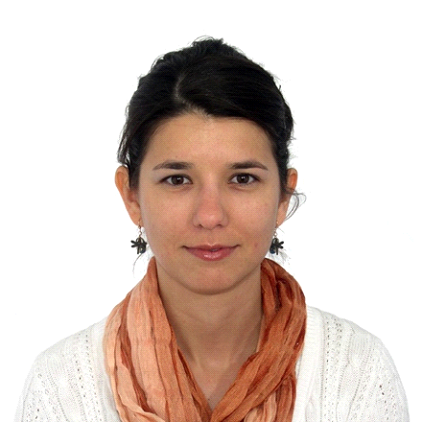
Paula Gabriela Benavidez Lozano (Profesora Contratada Doctora)
Current Position and Research Areas
I am a Contracted Doctor Professor in the Department of Physics, Systems Engineering, and Signal Theory (DFISTS) at the University of Alicante and a member of the Institute of Applied Physics to Science and Technology (IUFACyT). My research focuses on the collisional evolution model of small body populations, using numerical simulations to study asteroid fragmentation and the formation of asteroid families. I am currently involved in the NEO-MAPP project and the HERA mission.
Academic Background
- Bachelor’s in Astronomy: National University of San Juan (2002).
- PhD in Physics: University of Alicante (2008).
Teaching Experience
- Assistant Doctor Professor in the DFISTS at the University of Alicante since 2008.
- Contracted Doctor Professor in the DFISTS since 2019.
With a solid background in research on the evolution and fragmentation of asteroids, I actively contribute to international projects that aim to understand and model the dynamics of small bodies in the Solar System.
Recent Publication:
Link to the 17 papers published

Manuel Pérez Molina (UA staff. Profesor Titular UA)
Academic Background and Professional Career
I was born in Alicante in 1982 and studied Telecommunications Engineering at Miguel Hernández University in Elche. In 2009, I completed my Doctoral Thesis in Electromagnetic Optics at the same university, receiving the Extraordinary Award for my research. I joined the Department of Physics, Systems Engineering, and Signal Theory at the University of Alicante in 2008 as an Assistant Professor, and since 2017, I have served as a University Senior Lecturer.
Research Areas
My research interests focus on various topics within electromagnetic theory, including:
- Dynamics and mathematical methods applied to optics and electromagnetism.
- Bifurcation theory and chaos, where I explore complex behaviors in dynamic systems.
Recent Publications
- “Gravitational re-accumulation as the origin of most contact binaries and other small body shapes”
Throughout my career, I have been able to combine my passion for electromagnetic optics with the study of system dynamics, thus contributing to the department’s research from an advanced mathematical and physical perspective.
Papers published:
Postdoc researchers:
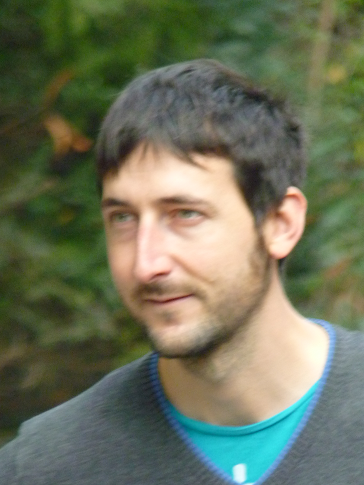
Toni Santana Ros (APOSTD. GV Researcher)
Current Position and Recent Work
I am currently a postdoctoral researcher at the University of Alicante, supported by the APOSTD/2019/046 fellowship granted by the Generalitat Valenciana. This fellowship has allowed me to work with the Gaia group at the University of Barcelona (ICCUB-IEEC), where I developed a tool to analyze the photometry of asteroids collected by the Gaia space telescope.
Past Projects
- PhD (2016), GREAT-ITN (FP7 Marie Curie programme, 264895)
“Physical models of single and binary asteroids from photometric surveys: preparation of Gaia data scientific exploitation”
Adam Mickiewicz University in Poznan, Poland. - GAIA-GOSA (2016), ESA Contract No. 400011266014/NL/CBi
Collaboration project for Gaia data observations and analysis: www.gaiagosa.eu. - Postdoc in SBNAF (2016-2018) (H2020-COMPET-2015)
European project SBNAF, focused on studies of small bodies in the Solar System: sbnaf.eu. - European Space Agency (ESA) (2018-2019)
Worked as a NEO Test and Validation Engineer at the Planetary Defense Office of ESA in Darmstadt, Germany.
Other Projects
- GAVIP-Grid Computing (ESA Contract No. 4000120180/17/NL/CBi)
- Lightcurve coordinator for HARISSA (Very Large Telescope, 4×8.2m, ESO).
- Member of Gaia-DPAC CU9 and Polish national representative for Gaia outreach.
Papers published:
- Yang et al. In press, Binary asteroid (31) Euphrosyne: Ice-rich and nearly spherical
- Ortiz et al. In press, The size, shape, density and ring of the dwarf planet Haumea from a stellar occultation
- Ferrais et al. 2020, Asteroid (16) Psyche’s primordial shape: A possible Jacobi ellipsoid, Astronomy & Astrophysics, Volume 638, id.L15, 9 pp.
- Podlewska-Gaca et al. 2020, Physical parameters of selected Gaia mass asteroids, Astronomy & Astrophysics, Volume 638, id.A11, 23 pp.
- Gaia Collaboration et al. 2020, Gaia Data Release 2. Kinematics of globular clusters and dwarf galaxies around the Milky Way (Corrigendum), Astronomy & Astrophysics, Volume 637, id.C3, 4 pp.
- Marsset et al. 2020, The violent collisional history of aqueously evolved (2) Pallas, Nature Astronomy, Volume 4, p. 569-576
- Vernazza et al. 2020, A basin-free spherical shape as an outcome of a giant impact on asteroid Hygiea, Nature Astronomy, Volume 4, p. 136-141
- Hanus et al. 2020, (704) Interamnia: a transitional object between a dwarf planet and a typical irregular-shaped minor body, Astronomy & Astrophysics, Volume 633, id.A65, 17 pp.

Laura M. Parro (Postdoctoral researcher with the fellowship “Margarita Salas”.)
Current Position and Research Areas
I am a postdoctoral researcher in the Department of Physics, Systems Engineering, and Signal Theory (DFISTS) and at the Institute of Applied Physics to Science and Technology (IUFACyT) at the University of Alicante, where I work on the NEO-MAPP project. My research interests include:
- Surface geological processes and geophysical and geochemical characterization.
- Internal structure of celestial bodies and cartography through remote sensing techniques.
- Applications in planetary sciences, astrobiology, and the long-term evolution of terrestrial planets, satellites, and minor bodies in the Solar System.
- Development of scientific education and knowledge transfer.
Academic Background
- Bachelor’s in Geology (2013) – Complutense University of Madrid.
- Master’s in Geological Processes and Resources (2014).
- PhD in Geology (2020) – Complutense University of Madrid.
Publications
You can view my full list of publications on Publons.
My work in planetary sciences focuses on understanding the structure and evolution of small bodies and terrestrial planets, and I have a strong commitment to scientific outreach and education.
Twitter Profile: @LauraMParro
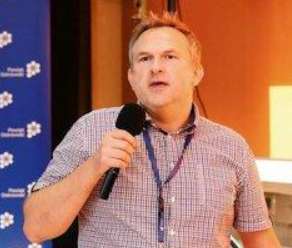
Przemyslaw Bartcza (Postdoctoral researcher with the fellowship “María Zambrano”)
Academic Background and Professional Career
I completed my studies in Physics at the Department of Physics of Adam Mickiewicz University (1994-1999), specializing in Astronomy. In 1999, I earned my Master’s degree in Science with a thesis titled Astrolabe: Movement of the Vertical Axis, under the supervision of Prof. Krystyna Kurzyńska.
In 2005, I completed my PhD in Physics with a dissertation titled Gravitational Potential of a Set of Material Segments and Its Application to the Study of Binary Asteroids, supervised by Dr. Sławomir Breiter at the Astronomical Observatory of the same university.
Since 2009, I have been working as an Assistant Professor at the Astronomical Observatory of Adam Mickiewicz University in Poland, where I continue my research in astronomy and applied physics, focusing on the study of asteroids and other bodies in the Solar System.
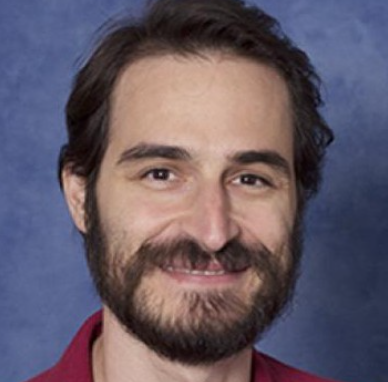
Stephen Schwartz (Postdoctoral researcher)
Academic Background and Professional Career
I obtained my Bachelor’s degree in Philosophy and Astronomy from Columbia University. After teaching Astrophysics and Mathematics at a high school, I decided to further my studies, completing a Master’s in Neutron Star Seismology and a PhD in the Granular Dynamics of Solid Bodies in the Solar System at the University of Maryland. Additionally, I earned a second PhD in Physics from the University of Nice, France.
Experience in Space Missions
I have had the privilege of participating in major space missions, such as OSIRIS-REx, Hayabusa2, and DART. Currently, I lead a project at the University of Arizona focused on studying grain dynamics under microgravity conditions.
Research Areas
My research focuses on:
- Planetary impacts and their influence on the formation of celestial bodies.
- The formation of bilobed bodies and the conditions that lead to these structures.
I have worked at prestigious institutions, including the Observatoire de la Côte d’Azur and the Lunar and Planetary Laboratory at the University of Arizona, where I have contributed to advancing knowledge in planetary sciences.
Associate Professor:

Rafael Andrés Alemañ Berenguer (Associate professor)
Academic Background
I have a solid background in science, encompassing various disciplines. I have obtained the following degrees:
- Bachelor’s in Chemistry (specializing in Biochemistry) – University of Valencia.
- Bachelor’s in Physics (specializing in Fundamental Physics) – National University of Distance Education (UNED).
- Diploma of Advanced Studies (DEA) in Materials Science – Miguel Hernández University of Elche (Alicante).
- PhD in Physical Sciences and Techniques – University of Alicante.
My academic career has enabled me to develop an interdisciplinary approach, integrating knowledge in chemistry, physics, and materials science, which I apply to research in the field of physical sciences.
Papers published:
- Gravitational re-accumulation as the origin of most contact binaries and other small body shapes
- Internal structure of asteroid gravitational aggregates
- The shapes of fragments from catastrophic disruption events: Effects of target shape and impact speed
- Statistics of encounters in the trans-Neptunian region
Ph.D. students:
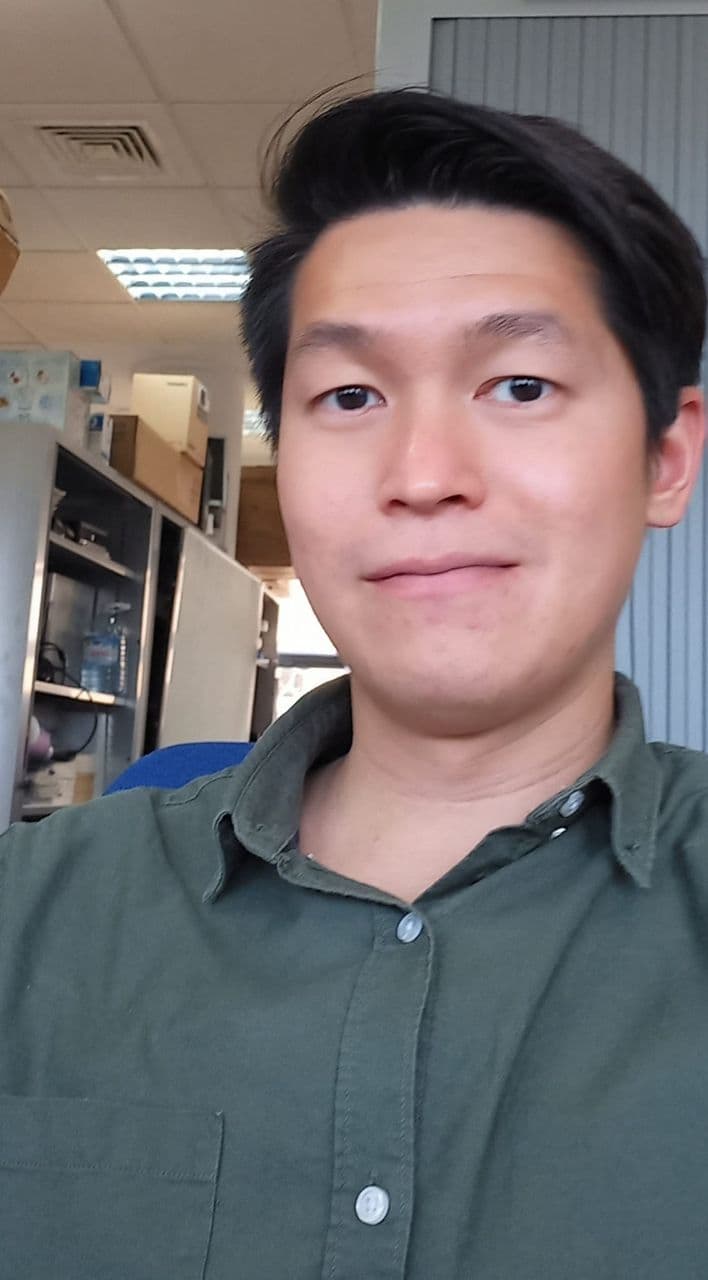
Po-Yen Liu (Hired pre-doc OSIP/ESA)
Current Position and Research
I am a PhD student and predoctoral researcher at the Institute of Applied Physics to Science and Technology (IUFACyT) at the University of Alicante. My research focuses on the dynamic behavior of various minor bodies in the Solar System, a topic I am deeply passionate about.
Currently, I use numerical simulations to understand the dynamic evolution of fragmented binary asteroid systems, a line of research that is directly related to the upcoming Hera space mission by the ESA.
Academic Background
- Bachelor’s in Law (2013), Department of Public Security, Central Police University, Taiwan.
- Master’s in Science (2018), Institute of Astronomy, National Central University, Taiwan.
Publications
My current research has the potential to make significant contributions to our understanding of the dynamics of minor bodies in the Solar System and to space missions dedicated to their study.
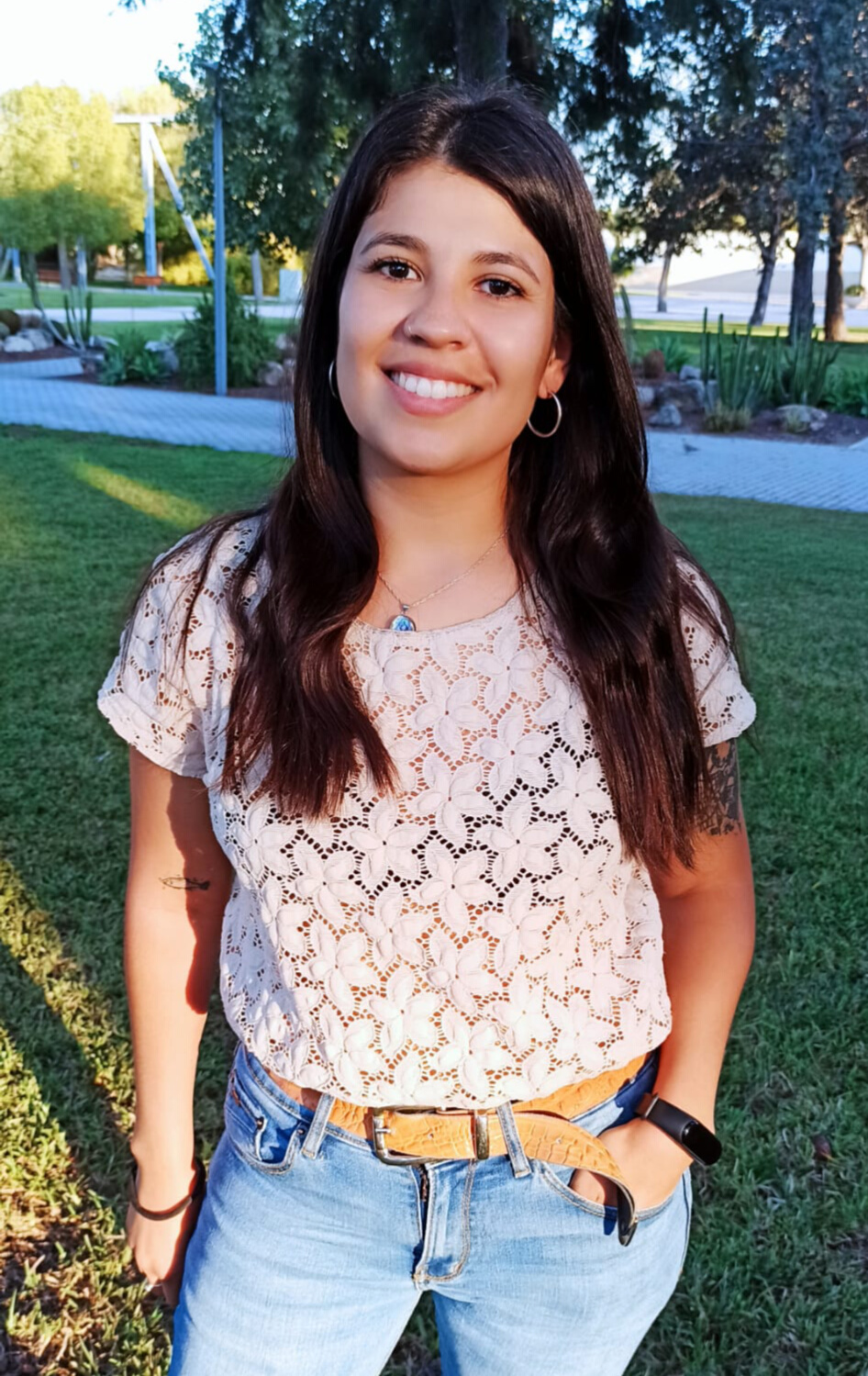
Nair Trógolo (NEO-MAPP project)
Education and Current Position
I obtained my Bachelor’s degree in Astronomy from the National University of Córdoba, Argentina, in 2019. I am currently a PhD student at the Institute of Applied Physics to Science and Technology (IUFACyT) at the University of Alicante, where I am working within the NEO-MAPP project.
Research Areas
My primary research focuses on studying the dynamics and spatial density of regolith ejected from the surface of the binary asteroid (65803) Didymos, the target of the DART (NASA) and Hera (ESA) missions.
Other areas of interest include:
- The study of asteroid families and their evolution under gravitational effects (mean-motion and secular resonances) and the Yarkovsky effect.
- The evolution driven by tidal forces in circumbinary planets, analyzing how these forces impact their orbital dynamics.
Science Outreach
In addition to my research, I am actively involved in science outreach, sharing knowledge and fostering interest in astronomy and planetary sciences.
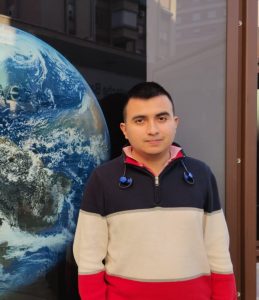
Jose David Balseca Cisneros (Consolidado project)
Current Position and Research
I am a PhD student at the University of Alicante (UA), where I am involved in a project focused on the search for faint and slow-moving objects in collaboration with the Institute of Astrophysics of Andalusia (IAA). I will soon also begin my PhD studies at the University Institute of Applied Physics to Science and Technology (IUFACyT) at the University of Alicante.
Academic Background
- Bachelor’s in Physics (2021) – University of Murcia.
- Master’s in Physics and Mathematics, specializing in Astrophysics (2022) – University of Granada.
My research focuses on the study of Trans-Neptunian Objects in the Solar System, combining expertise in physics and astrophysics to develop new techniques for detecting and analyzing these objects.
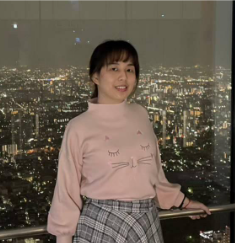
Tzu-Heng (Santiago grisolia fellowship)
I am a PhD student at the Institute of Applied Physics to Science and Technology (IUFACyT) at the University of Alicante. My research focuses on analyzing the internal structure of the binary asteroid system consisting of Dimorphos and Didymos.
Academic Background
- Bachelor of Science (2020), Department of Physics, Soochow University, Taiwan
- Master of Science (2022), Institute of Astronomy, National Central University, Taiwan.
Collaborators:
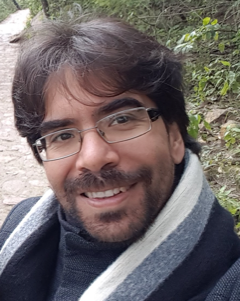
Álvaro Álvarez Candal
Academic Background and Professional Career
I obtained my Bachelor’s degree in Astronomy from the National University of Córdoba, Argentina, in 2002, and completed my PhD in Astronomy at the National Observatory of Rio de Janeiro, Brazil, in 2006.
I have had the opportunity to conduct postdoctoral research at prestigious institutions:
- Postdoctoral Fellow (2007-2008) – European Space Agency / LESIA, Paris Observatory, France.
- Postdoctoral Fellow (2009-2013) – European Southern Observatory (ESO), Chile.
Since 2013, I have been a researcher at the National Observatory of Rio de Janeiro (in an unpaid position), and since 2020, I hold the position of Distinguished Doctor at IUFACyT, University of Alicante, Spain.
Research Areas
My work focuses on the study of minor bodies in the Solar System, using photometric and spectroscopic observations. I specialize in trans-Neptunian objects (TNOs), investigating their surface properties to gain a better understanding of their origin and the evolution of the Solar System.
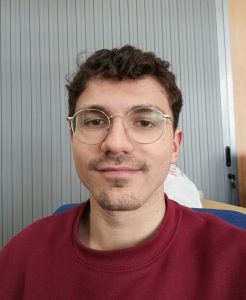
Vasco Serra Cardoso
Education and Collaborations
I was a master’s student in the Department of Physics at the University of Coimbra (Portugal). During my Erasmus program, I had the opportunity to collaborate with the Planetary Sciences team at the University of Alicante, where I deepened my study of the evolution of small body populations in the Solar System, a topic of great interest to me.
Research Project
I worked on developing a numerical model to study the collisional evolution of Jupiter’s Trojans, which allowed me to explore the dynamics and processes affecting these populations in the Solar System.
Academic Background
- Bachelor’s in Physics (2021) – Department of Physics, University of Coimbra.
This experience allowed me to apply my knowledge in physics to complex astrophysical problems, contributing to the understanding of the evolution of minor bodies in the Solar System.
Visitors
Over the years, we have hosted distinguished researchers and academics who have contributed to the exchange of knowledge in planetary sciences:
- Dr. Humberto Campins – University of Florida, USA
- Prof. Gonzalo Tancredi – Universidad de la República, Montevideo, Uruguay
- Prof. Mario Melita – Universidad de La Plata, Argentina
- Dr. Javier Licandro Gordaracena – Instituto de Astrofísica de Canarias, La Laguna, Tenerife, Spain
- Dr. Rene Duffard – Instituto de Astrofísica de Andalucía, Granada, Spain
- Dr. Jean-Baptiste Vincent – DLR, Germany
